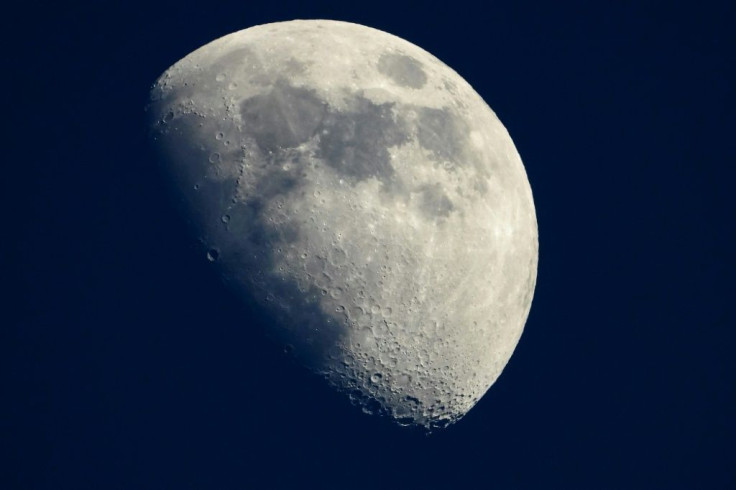NASA's Big Moon Announcement Revealed
NASA has confirmed that there’s accessible water ice presence on the moon that its never seen before, as it was thought to be in restricted areas individuals couldn’t reach.
NASA’s Goddard Space Flight Center in Maryland also confirmed that there’s water on the sunlit side of the moon. NASA teased the news last week before making the big announcement on Monday with a press release.
“Prior to the SOFIA observations, we knew there was some kind of hydration,” Casey Honniball, a postdoctoral fellow at NASA’s Goddard Space Flight Center, said in the release. “But we didn’t know how much, if any, was actually water molecules – like we drink every day – or something more like drain cleaner."
With their study, they used the SOFIA telescope (Stratospheric Observatory for Infrared Astronomy) to find a specific signature called a “spectral signature” that shows that there’s water present. It’s even seen to be located across a large area on the moon.
That isn’t the only study that found potential water sources. Paul Hayne from the University of Colorado, Boulder, has mapped out cold regions on the moon where he thinks ice is most likely to be located. He and his team used images and temperature measurements taken by NASA’s Lunar Reconnaissance Orbiter to do this, New Scientist reports.
These spots are said to be just a few of the places that have the least amount of sunlight exposed to the area. Hence, why ice is most likely to be in those spots if in any.
There are various spots on the moon that are called, “micro-cold traps.” This means these spots have permanent shadows, so they’re never exposed to the sun, which researchers found out takes up 0.1% of the surface area of the moon.
Hayne stated, “We’re seeing billions and billions of these cold traps at scales that haven’t been seen before. That presents an opportunity to extract ice much more readily. We think this is revolutionary in terms of what will be possible for astronauts on the moon.”
💦🌚 Water molecules were found in Clavius Crater, one of the largest craters visible from Earth on the Moon! This discovery from our @SOFIAtelescope indicates that water may be distributed across the surface, & not limited to cold, shadowed places. More: https://t.co/oIcCbbl50Y pic.twitter.com/Q5Ve6QwZJM
— NASA (@NASA) October 26, 2020
This is only the first step to water being on the moon: discovering it. Now, researchers and scientists must see what it’s going to take to actually extract the water for use.
CNN reports that proof of the ice-filled pockets will have to wait until rovers are sent to the moon to dig at them or astronauts start digging. For now, from what NASA and researchers can see, there's water waiting to be discovered on the moon.

© Copyright IBTimes 2025. All rights reserved.





















